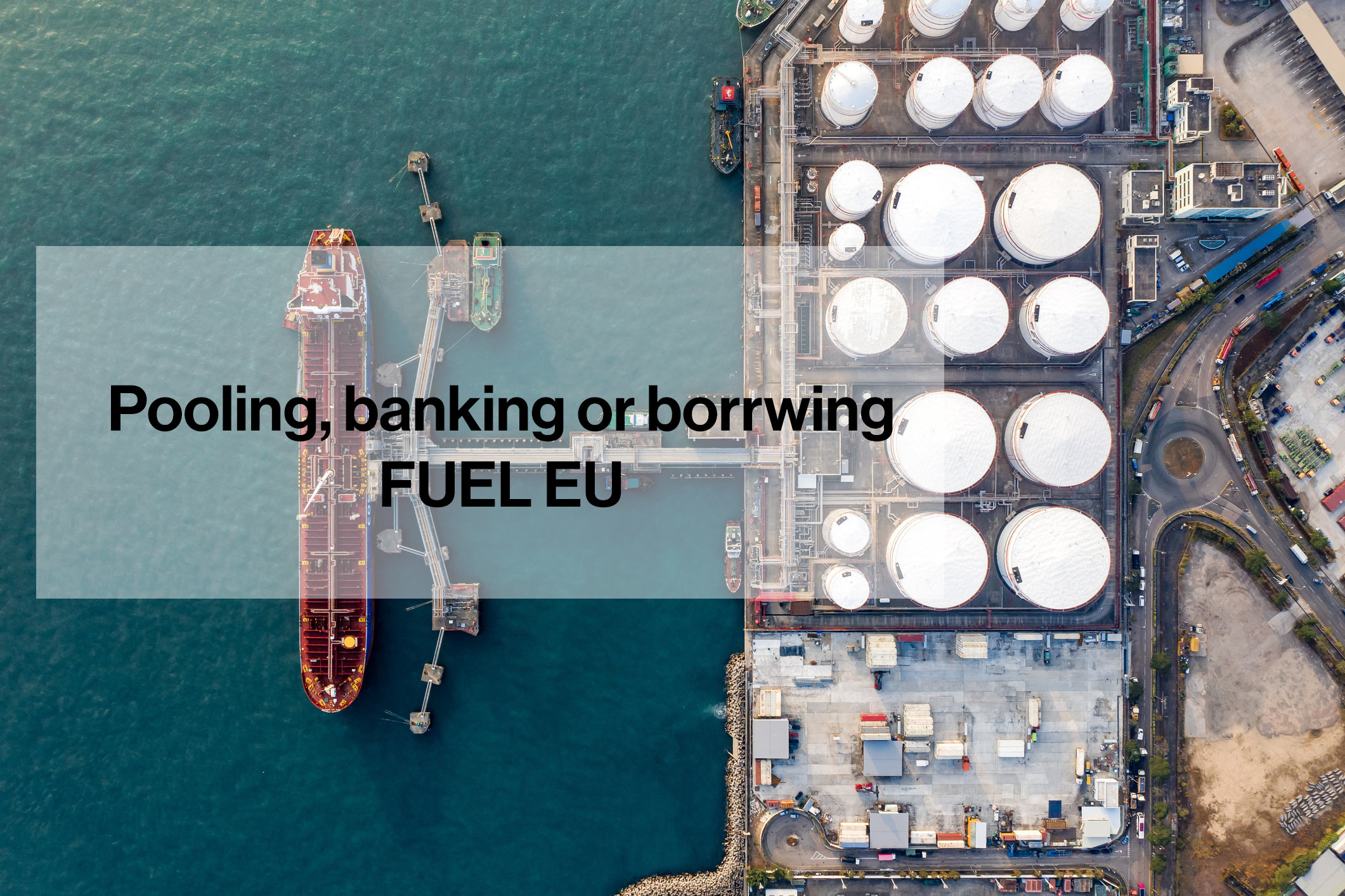

Understanding Fuel EU Maritime: baselines, incentives and penalties
The EU’s Fit for 55 package will change the way we think about fuel and carbon accounting, writes Christian Rae Holm, Managing Director, Coach Solutions.
The European Union’s FuelEU Maritime regulation will be in force from 1st January 2025, as part of the ’Fit for 55’ package which has the goal of reducing CO2 emissions within the bloc’s maritime sector by 55% before 2030, compared with 1990 levels.
As a complement to the introduction of EU Emissions Trading System (ETS) to shipping in 2024, Fuel EU Maritime is designed to promote the consistent use of renewable and low-carbon fuels in the maritime sector.
Its requirements are seemingly simple on paper, but far less so in practice. The average Greenhouse Gas (GHG) intensity of fuel consumed on EU voyages shall be gradually reduced, starting with a 2% reduction between 2025 and 2030. The reduction factor is increased in steps every five years until it peaks at 80% in 2050.
The baseline is 91.16g of CO2 equivalent per megajoule (MJ) of consumed energy, which was the average GHG intensity in the maritime sector on EU voyages based on MRV reporting in 2020. Similar to the application of the ETS, the GHG intensity requirement applies to 100% of fuel consumed between EU ports and EU port stays, and 50% of the fuel consumed on incoming and outgoing voyages to/from an EU port.
In theory what this means is that approximately 2% of the fossil fuels previously consumed on EU voyages shall be replaced by emissions-free fuel. This is of course a major simplification as emissions-free fuels do not exist when carbon emissions are considered on a well-to-wake basis, which is applicable to Fuel EU Maritime.
A better and more realistic example may be that 4% of fossil fuels on “Fuel EU applicable voyages” shall be replaced by green fuels to achieve a 50% reduction in GHG intensity. Or 8% of fossil fuels replaced with fuels with a 25% GHG intensity reduction and so on.
An important factor to consider is that carbon intensity is not CO2 equivalent per mT of fuel consumed, but instead CO2 equivalent per MJ. This means that the goal of bunkering departments should be to find alternative fuels with high calorific value, low carbon intensity, and naturally at the lowest cost for the resulting carbon intensity reduction.
The consequences of non-compliance with the requirements will entail a penalty for the differences between required and actual GHG intensity, multiplied by the energy use on applicable voyages. The penalty is currently Eur2,400 per tonne VLSFO energy equivalent.
In a simplified example, this means that if your vessel only consumes VLSFO on EU voyages and you replace 4% of the VLSFO the vessel would normally consume with a fuel with half of the GHG intensity and same calorific value, the price of the green fuel needs to be Eur1200 per tonne or less in order for this fuel type to be financially viable compared with paying the penalties. Here it’s important to point out that for each year of non-compliance, the penalty is increased by 10%, so “paying to play” will soon become expensive.
Other ways to ensure compliance with FuelEU requirements include pooling of your vessels so that the pool’s GHG intensity is below the limits and the possibility to borrow (with interest) from the following year’s expected overcompliance.
There is also the concept of banking, i.e. ‘lending’ your overcompliance to the future.). Unfortunately, no interest is given in this case, however it should motivate responsible parties to plan conservatively on overcompliance instead of risking penalties.
Read more about Fuel EU: Pooling, banking or borrowing


